Research Projects
Research in our lab focuses on integrating tools (e.g., prevention; chemical, mechanical, and biological control; prescribed fire; revegetation) to manage invasive plants on rangeland in Montana. We aim to find ecologically-based, economically viable means to control invasive plants while maintaining or restoring desirable vegetation that meets management objectives.
Contents
Research: In Progress
A Comprehensive Look at Invasive Annual Grasses
Collaborators: Lisa Rew (MSU) and Kate Fuller (MSU)
We are examining how four invasive annual grasses (cheatgrass, Japense brome, Ventenata, and medusahead) are impacting our economy, forage quality, and rangeland biodiversity. We sampled at a total of 13 sites across Montana in 2017 and will be researching litter decomposition and litter effects on germination from 2017 to 2018.
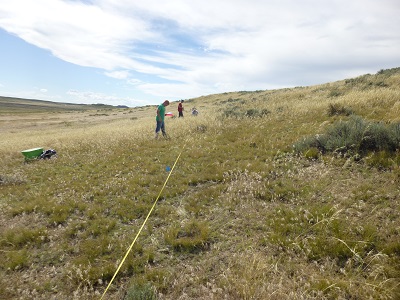
Optimal Seeding Date and Preparation for Planting Perennial Grass into Weedy Areas
Collaborator: Zach Miller (MSU). Graduate student: Michelle Majeski
Planting date of desired grasses can influence competition with weeds and ultimate success of restoration/revegetation planting. This project will identify optimal timing of grass seeding when revegetating weed-infested range and pasture lands. The project will also evaluate if timing of weed management influences optimal seeding time/conditions.
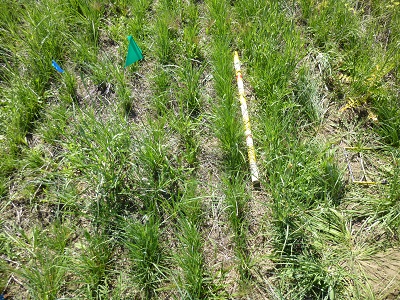
Renovation of Exotic Cool-Season Grasses to Functional Native Grasslands
Collaborators: USDA ARS (Sidney), Northern ARC (Havre), MPG Ranch (Missoula). Graduate student: Peter Bugoni
The goal of this project is to develop technologies that successfully renovate monotypic stands of nonindigenous cool season grasses including crested wheatgrass (A. cristatum) and smooth brome (B. inermis) to diverse native plantings that support livestock, wildlife, pollinators, prevent erosion and are resistant to future weed encroachment. Ultimately these protocols can be applied by private landowners and public land managers in the restoration of native grasslands.
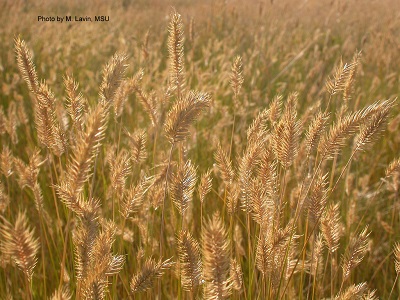
Mitigating Priority Effects of Invasive Plants during Revegetation by Altering Perennial Grass Planting Date
Bozeman, MT. Graduate student: Audrey Harvey
Modifying seeding date may be one ecologically-based management tool to increase establishment of seeded species by giving them an initial size advantage over weedy species that emerge later. This project is exploring how timing of planting of desirable perennial grasses (bluebunch wheatgrass) might overcome the priority effects of seedlings of the invasive plants spotted knapweed and cheatgrass. It is our hope that this research will improve efficacy of revegetation efforts on lands dominated by spotted knapweed and cheatgrass in Montana and other semi-arid regions. This project started fall 2015.
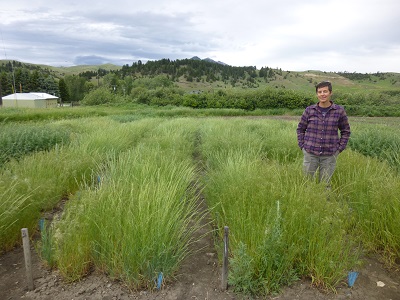
Monitoring a New Invader: Medusahead (Taeniatherum caput-medusa e) in Sanders County
Sanders County
The presence of medusahead, an invasive annual grass, was confirmed in Montana for the first time in 2013. In 2014, 2015, and 2016, MSU researchers from the Mangold lab surveyed frequency of medusahead, along with other plant functional groups, at the confirmed site. This monitoring project will allow us to track the rate and spread of medusahead.
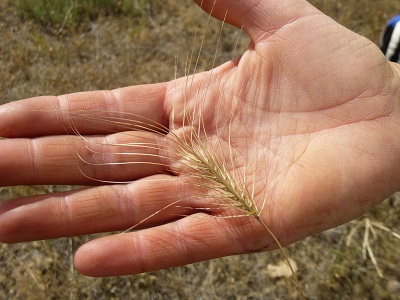
Research: Completed

Effect of Herbicide Management Practices Used by Invasive Plant Managers on Berteroa incana (Hoary Alyssum) Seed Biology and Control
Uriel Menalled, Former Undergradute Technician
Cambridge Core
Volume 11, Issue 2
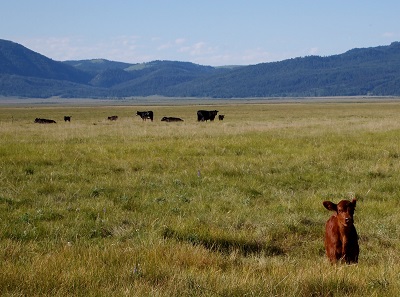
The Economic Cost of Noxious Weeds on Montana Grazing Lands
Collaborators: Kate Fuller (MSU) and Matt Rinella (USDA-ARS)
Cambridge Core
Volume 11, Issue 2
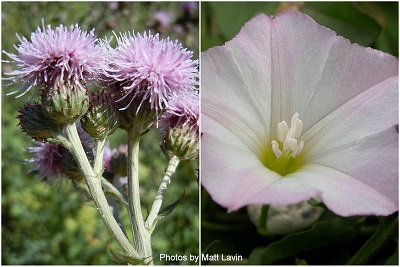
Meta-Analyses on Perennial Weed Management
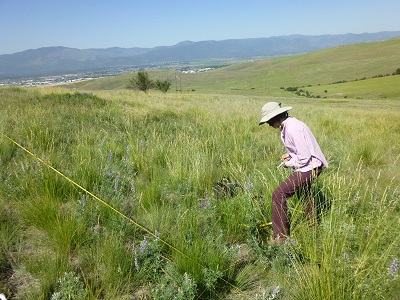
Plant Community Response to Herbicide Application for Noxious Weeds in Rangelands
Central and Western MT

Management Strategies for Control of Narrowleaf Hawksbeard (Crepis tectorum)
Collaborators: Shelley Mills and Bobbie Roos (MSU Extension Agents)
Narrowleaf hawksbeard is not a state listed noxious weed, but it is becoming increasingly problematic in Montana cropland and CRP lands, especially in the northeastern part of the state. This study looked at herbicide and mowing management options at two sites in Daniels County and Valley County. Herbicides applied in the fall versus spring were less effective on narrowleaf hawskbeard but were less detrimental to desirable forbs. Optimal control of narrowleaf hawksbeard with herbicides used in the study may be achieved by application in the spring. Mowing alone is not recommended as a viable management option but may enchance control in combination with spring herbicides.
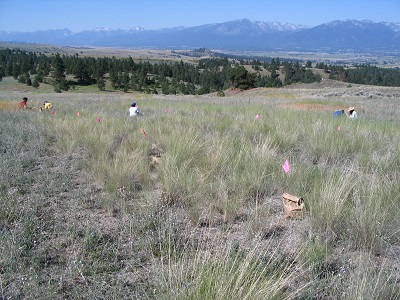
Long-Term Population Dynamics of Seeded Plants in Invaded Grasslands
Ecological Society of America
Ecological Applications
Volume 22, Issue 4
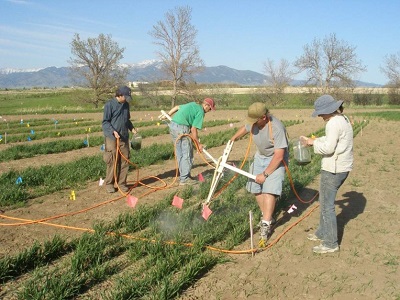
Joint Effects of Biotic and Abiotic Stressors on Winter Wheat Suppression of Bromus Tectorum
Noelle Orloff, Former MS Graduate Student
Wiley Online Library, Weed Research
Volume 53, Issue 3
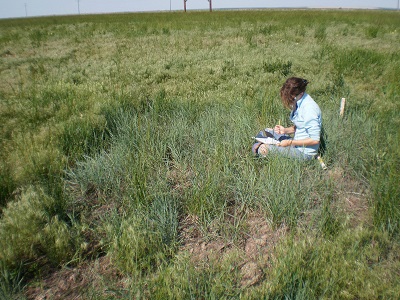
Site-Specific Effects of Exotic Annual Grass Control Integrated with Revegetation
Noelle Orloff, Former MS Graduate Student
Ecological Restoration
Volume 33, Number 2
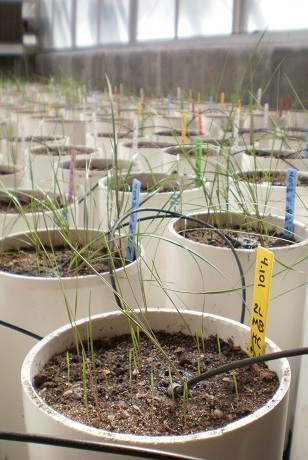
Role of Size and Nitrogen in Competition Between Annual and Perennial Grasses
Noelle Orloff, Former MS Graduate Student
Invasive Plant Science
Volume 6, Number 1
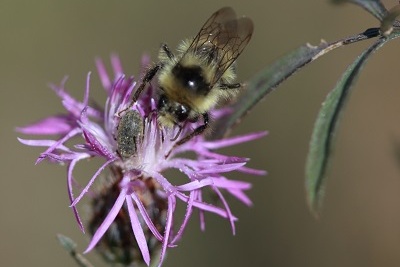
Temporal and Density-Dependent Impacts of an Invasive Plant on Pollinators and Pollination Services to a Native Plant
Christina Herron-Sweet, Former MS Graduate Student
Ecosphere
Volume 7, Issue 2
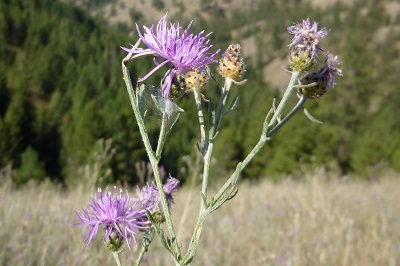
Native Parasitoids Associated with the Biological Control Agents of Centaurea Stoebe in Montana
Christina Herron-Sweet, Former MS Graduate Student
Biological Control
Volume 86
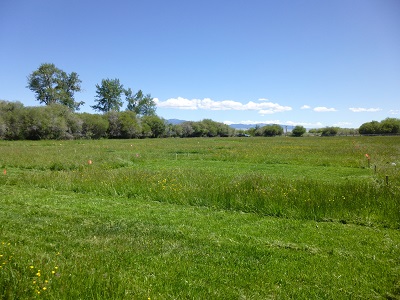
Testing Integrated Management Strategies for Tall Buttercup (Ranunculus acris) in Irrigated Hayfield Meadows
Hally Strevey, Former MS Graduate Student
Invasive Plant Science and Management
Volume 8, Number 4

Integrating the Herbicide Imazapic and the Fungal Pathogen Pyrenophora Semeniperda to Control Bromus Tectorum
Krista Ehlert, Former MS Graduate Student
Weed Research
Volume 54, Issue 4
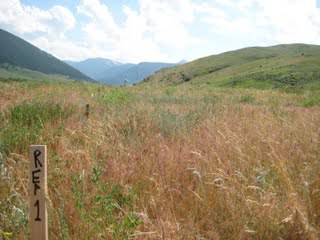
Imazapic Activity in a Semiarid Climate in Downy Brome (Bromus tectorum) Infested Rangeland and CRP Sites
Krista Ehlert, Former MS Graduate Student
Weed Technology
Volume 29, Number 3

Testing Control Options for Western Salsify (Tragopogon dubius) on Conservation Reserve Program Lands
Weed Technology
Volume 27, Number 3
Further Information
Contact Jane Mangold for more information about the research projects at MSU Extension Invasive Plants and Mangold Laboratory.
For general plant inqueries and sample analysis, contact Schutter Diagnostic Lab.

